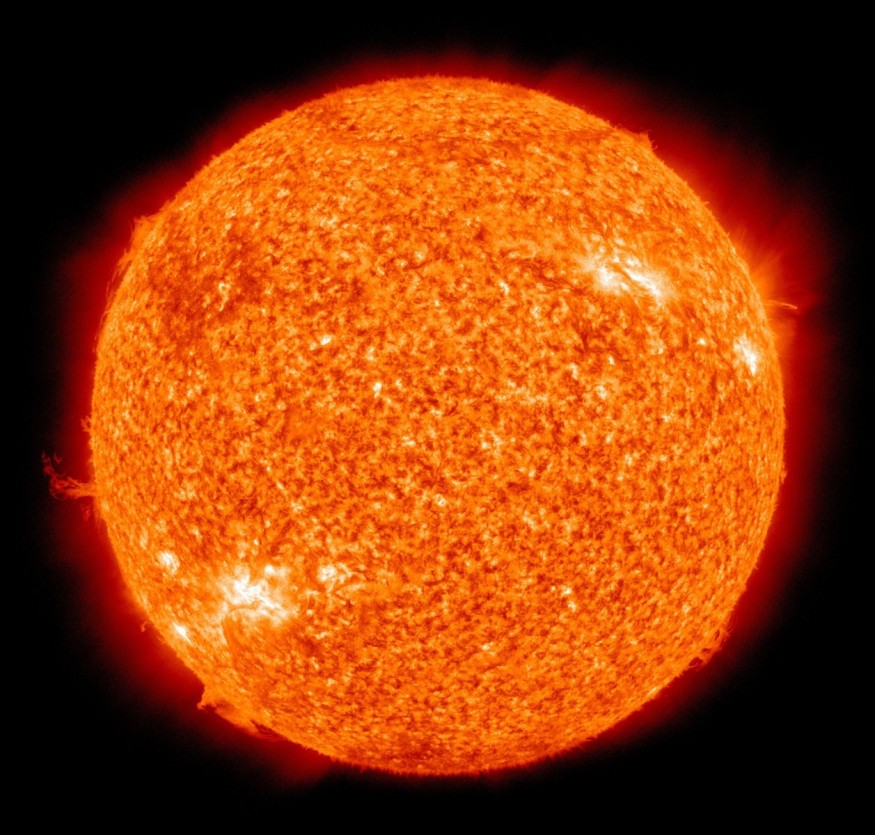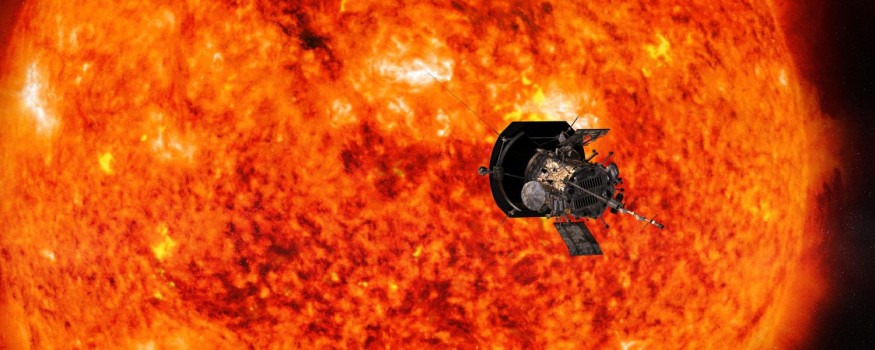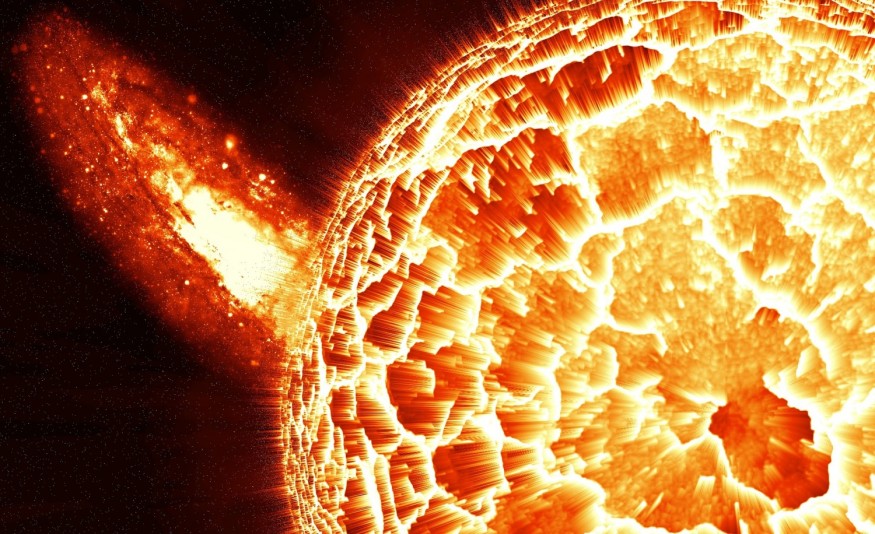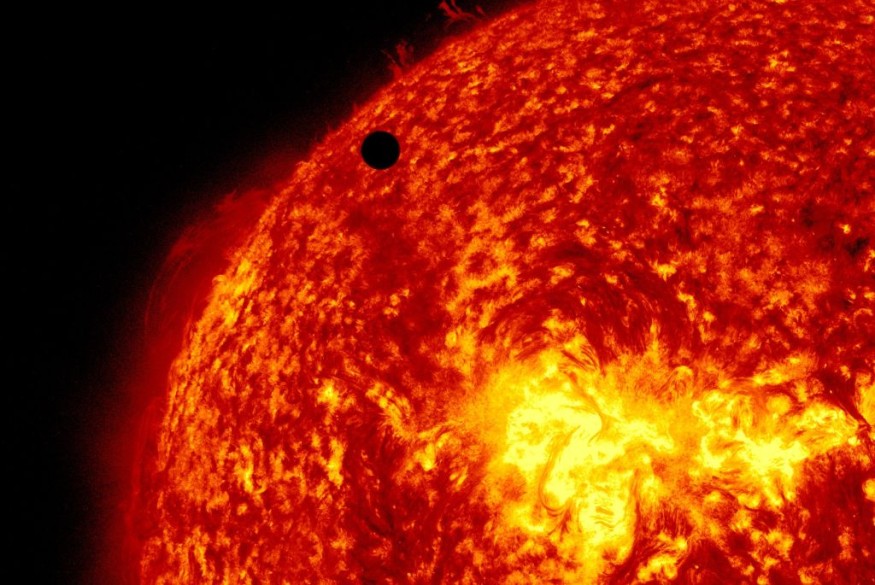A geomagnetic storm (also known as a solar storm) with a speed of more than 1.3 million kilometers per hour is expected to reach Earth tomorrow, causing satellite problems, according to researchers.

The Sun has spewed an "erupting filament of magnetism" into the solar system at 328 kilometers per second, which could interfere with Earth. The solar storm was triggered by a sunspot, which is a spinning pool of magnetism underneath the Sun's crust.
Sunspots

Sunspots are dark streaks on the Sun's surface that are usually cooler than the rest of the star.
When scientists claim they're 'cooler,' they mean that the average temperature of a sunspot is always over 3,500 degrees Celsius, although the average Sun surface temperature is 5,500 degrees Celsius.
However, as the magnetic field strengthens, the energy within the sunspot rises, potentially resulting in a solar flare or coronal mass ejection (CME).
According to astronomers, the incoming CME could hit Earth on May 13.
A Particularly Intense Solar Storm

When it does, it could cause problems for satellite-based technology.
It could trigger a G1-class geomagnetic storm, according to space enthusiasts.
According to NASA, a solar storm of this intensity may cause "weak power grid fluctuations" and have a "minor effect on satellite operations."
This is because when photons bombard Earth's magnetic barrier, it expands, making satellite signals more difficult to penetrate.
"A CME is arriving," astronomer Tony Phillips wrote on his Space Weather website. The solar storm cloud, which was hurled toward Earth by an erupting filament of magnetism on May 9, is predicted to appear on May 12 or 13.
"While this CME is not particularly rapid or strong, it has the potential to cause G1-class geomagnetic storms and auroras at high latitudes."
Geomagnetic Storm

A geomagnetic storm is s a transient disruption of the Earth's magnetosphere caused by a solar wind shock wave and/or cloud of the magnetic field that interacts with the Earth's magnetic field.
A solar coronal mass ejection (CME) or a co-rotating interaction zone (CIR), a high-speed current of solar wind emanating from a coronal crater, may be the source of the magnetic storm. In the sunspot period, the occurrence of geomagnetic storms rises and falls. Geomagnetic storms are more common at solar maximum, with CMEs causing the bulk of them.
The magnetosphere is initially compressed as the solar wind pressure rises. The magnetic field of the solar wind interacts with the Earth's magnetic field, transferring more energy into the magnetosphere.
All interactions result in an increase in plasma flow across the magnetosphere (due to high electric fields within the magnetosphere) and increased magnetosphere and ionosphere electric current. An electric current in the magnetosphere generates a gravitational field that forces the line between the magnetosphere and the solar wind out during the main phase of a geomagnetic storm.
SEP Phenomena

A geomagnetic storm is known to cause or be associated with a variety of space weather phenomena. Solar energetic particle (SEP) phenomena, geomagnetically induced currents (GIC), ionospheric disruptions causing radio and radar scintillation, magnetic compass navigation damage, and auroral shows at much lower latitudes than normal are all examples.
The Carrington Event in September 1859, the largest documented geomagnetic storm, knocked out portions of the newly developed US telegraph network, causing fires and startling some telegraph operators. A geomagnetic storm in 1989 energized ground triggered currents, disrupting electric power distribution through most of Quebec and causing auroras as far south as Texas.
For more solar news, don't forget to follow Nature World News!
© 2025 NatureWorldNews.com All rights reserved. Do not reproduce without permission.






